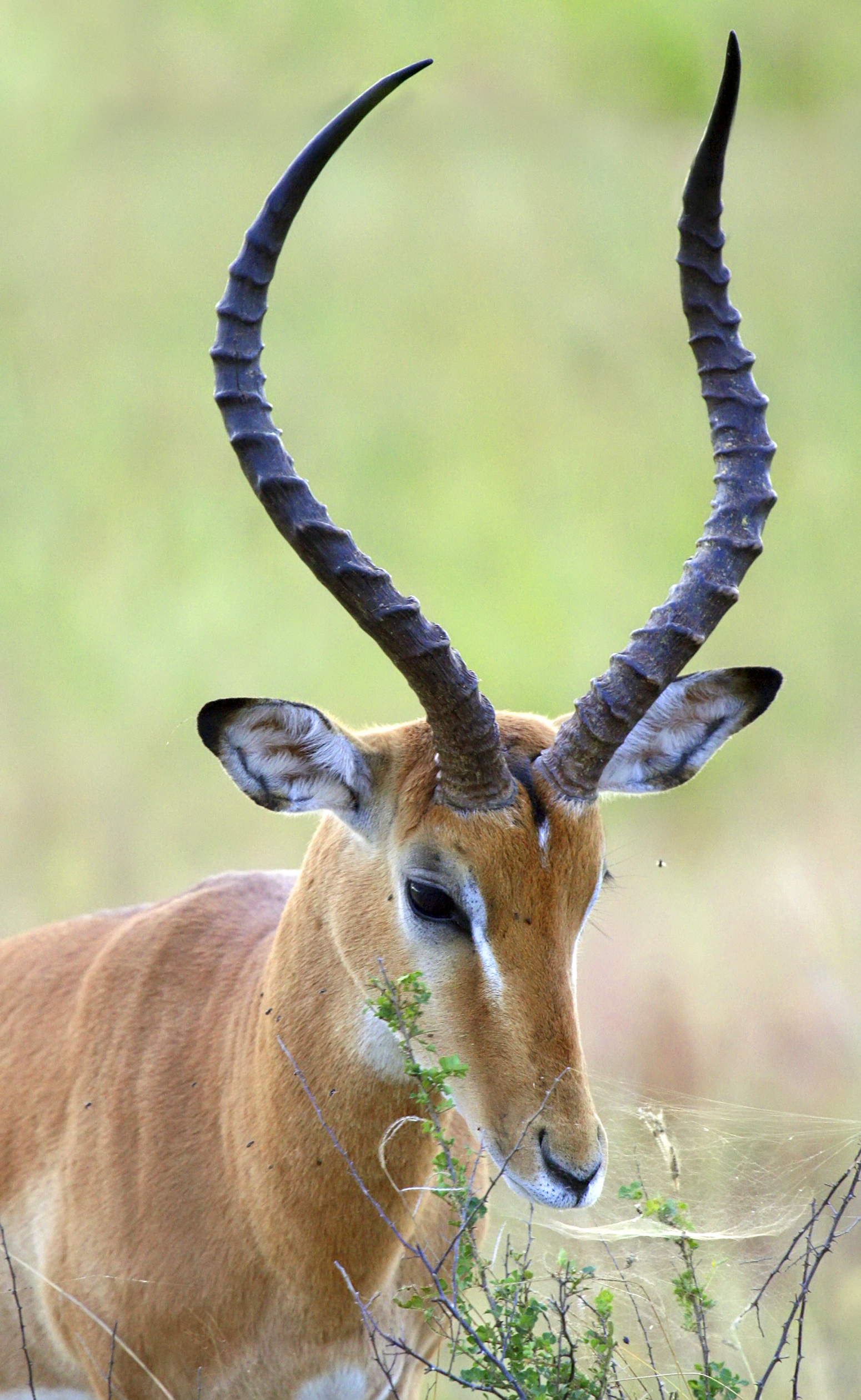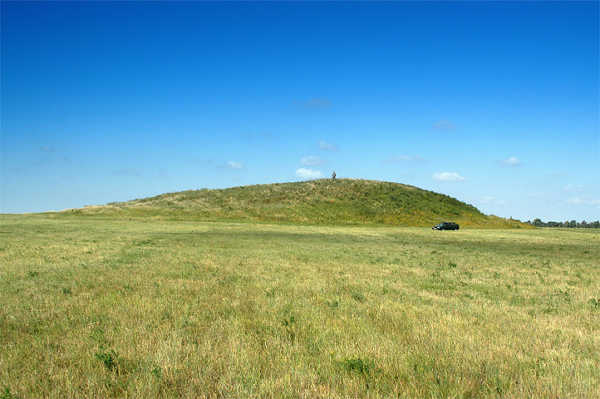|
Awkillu Waqra
Auquilohuagra (possibly from ''awkillu'', local Quechua word for deity, ''waqra'' hornTeofilo Laime Ajacopa, Diccionario Bilingüe Iskay simipi yuyayk'ancha, La Paz, 2007 (Quechua-Spanish dictionary) is an archaeological site in Peru. It is situated in the Huánuco Region, Yarowilca Province, Obas District Obas District is one of eight districts of the province Yarowilca in Peru. Ethnic groups The people in the district are mainly indigenous citizens of Quechua descent. Quechua is the language which the majority of the population (59.11%) learnt .... The site was declared part of the National Cultural Heritage of Peru in 2006. See also * Hualpayunca * Huichun References {{coord missing, Peru Archaeological sites in Peru Archaeological sites in Huánuco Region ... [...More Info...] [...Related Items...] OR: [Wikipedia] [Google] [Baidu] |
Huánuco Region
Huánuco (; qu, Wanuku) is a city in central Peru. It had a population of 196,627 as of 2017 and in 2015 it had a population of 175,068. It is the capital of the Huánuco Region and the Huánuco District. It is the seat of the diocese of Huánuco. The metropolitan city of Huanuco is 170,000 hab (2011, urban pop, INEI). It has three districts, Huanuco (head), Amarilis, and Pillco Marca. In this city, the Higueras river meets the Huallaga river, one of the largest rivers in the country. History The city of Huánuco was founded by Spanish conquistador Gómez de Alvarado in 1539, in the Inca town of Yarowilca. In 1541, the city was moved to its current location in the Pillco Valley. Geography Climate Huánuco has a mild semi-arid climate ( Köppen ''BSh''). The temperatures are pleasant throughout the year with very warm days and comfortable nights due to its elevation of . Education Schools *C.S. Colegio de Ciencias * CNA UNHEVAL * G.U.E. Leoncio Prado *C.S. San Luis ... [...More Info...] [...Related Items...] OR: [Wikipedia] [Google] [Baidu] |
Yarowilca Province
The Yarowilca Province is the smallest of eleven provinces of the Huánuco Region in Peru. The capital of this province is Chavinillo. Boundaries *North: Dos de Mayo Province *East: Huánuco Province *South: Lauricocha Province *West: Dos de Mayo Province Geography One of the highest peaks of the district is Qullqa Punta at . Other mountains are listed below: Political division The province is divided into eight districts, which are: * Aparicio Pomares (Chupan) * Cahuac (Cahuac) * Chacabamba (Chacabamba) * Chavinillo (Chavinillo) * Choras (Choras) * Jacas Chico (San Cristóbal de Jacas Chico) * Obas (Obas) * Pampamarca (Pampamarca) Ethnic groups The people in the province are mainly indigenous citizens of Quechua descent. Quechua is the language which the majority of the population (60.97%) learnt to speak in childhood, 38.74% of the residents started speaking using the Spanish language (2007 Peru Census). [...More Info...] [...Related Items...] OR: [Wikipedia] [Google] [Baidu] |
Quechua Language
Quechua (, ; ), usually called ("people's language") in Quechuan languages, is an indigenous language family spoken by the Quechua peoples, primarily living in the Peruvian Andes. Derived from a common ancestral language, it is the most widely spoken pre-Columbian language family of the Americas, with an estimated 8–10 million speakers as of 2004.Adelaar 2004, pp. 167–168, 255. Approximately 25% (7.7 million) of Peruvians speak a Quechuan language. It is perhaps most widely known for being the main language family of the Inca Empire. The Spanish encouraged its use until the Peruvian struggle for independence of the 1780s. As a result, Quechua variants are still widely spoken today, being the co-official language of many regions and the second most spoken language family in Peru. History Quechua had already expanded across wide ranges of the central Andes long before the expansion of the Inca Empire. The Inca were one among many peoples in present-day Peru who alread ... [...More Info...] [...Related Items...] OR: [Wikipedia] [Google] [Baidu] |
Horn (anatomy)
A horn is a permanent pointed projection on the head of various animals that consists of a covering of keratin and other proteins surrounding a core of live bone. Horns are distinct from antlers, which are not permanent. In mammals, true horns are found mainly among the ruminant artiodactyls, in the families Antilocapridae ( pronghorn) and Bovidae ( cattle, goats, antelope etc.). Cattle horns arise from subcutaneous connective tissue (under the scalp) and later fuse to the underlying frontal bone. One pair of horns is usual; however, two or more pairs occur in a few wild species and in some domesticated breeds of sheep. Polycerate (multi-horned) sheep breeds include the Hebridean, Icelandic, Jacob, Manx Loaghtan, and the Navajo-Churro. Horns usually have a curved or spiral shape, often with ridges or fluting. In many species, only males have horns. Horns start to grow soon after birth and continue to grow throughout the life of the animal (except in pronghorns, whic ... [...More Info...] [...Related Items...] OR: [Wikipedia] [Google] [Baidu] |
Archaeological Site
An archaeological site is a place (or group of physical sites) in which evidence of past activity is preserved (either prehistoric or historic or contemporary), and which has been, or may be, investigated using the discipline of archaeology and represents a part of the archaeological record. Sites may range from those with few or no remains visible above ground, to buildings and other structures still in use. Beyond this, the definition and geographical extent of a "site" can vary widely, depending on the period studied and the theoretical approach of the archaeologist. Geographical extent It is almost invariably difficult to delimit a site. It is sometimes taken to indicate a settlement of some sort although the archaeologist must also define the limits of human activity around the settlement. Any episode of deposition such as a hoard or burial can form a site as well. Development-led archaeology undertaken as cultural resources management has the disadvantage (or the be ... [...More Info...] [...Related Items...] OR: [Wikipedia] [Google] [Baidu] |
Peru
, image_flag = Flag of Peru.svg , image_coat = Escudo nacional del Perú.svg , other_symbol = Great Seal of the State , other_symbol_type = Seal (emblem), National seal , national_motto = "Firm and Happy for the Union" , national_anthem = "National Anthem of Peru" , march = "March of Flags" , image_map = PER orthographic.svg , map_caption = , image_map2 = , capital = Lima , coordinates = , largest_city = capital , official_languages = Peruvian Spanish, Spanish , languages_type = Co-official languages , languages = , ethnic_groups = , ethnic_groups_year = 2017 , demonym = Peruvians, Peruvian , government_type = Unitary state, Unitary Semi-presidential system, semi-presidential republic , leader_title1 = President of Peru, President ... [...More Info...] [...Related Items...] OR: [Wikipedia] [Google] [Baidu] |
Obas District
Obas District is one of eight districts of the province Yarowilca in Peru. Ethnic groups The people in the district are mainly indigenous citizens of Quechua descent. Quechua is the language which the majority of the population (59.11%) learnt to speak in childhood, 40.57% of the residents started speaking using the Spanish language (2007 Peru Census). INEI, Peru, Censos Nacionales 2007, Frequencias: Preguntas de Población: Idioma o lengua con el que aprendió hablar (in Spanish) See also * * |
Hualpayunca
Hualpayunca (possibly from Quechua ''wallpa'' hen, '' yunka'' warm area on the slopes of the Andes)Teofilo Laime Ajacopa, Diccionario Bilingüe Iskay simipi yuyayk'ancha, La Paz, 2007 (Quechua-Spanish dictionary) is an archaeological site in Peru. It is located in Obas District, region of Huánuco; above the village of Hualpayunca, at an elevation of ca. It is also home to a number of Condors who nest due to the high altitude. . See also * Awkillu Waqra Auquilohuagra (possibly from ''awkillu'', local Quechua word for deity, ''waqra'' hornTeofilo Laime Ajacopa, Diccionario Bilingüe Iskay simipi yuyayk'ancha, La Paz, 2007 (Quechua-Spanish dictionary) is an archaeological site in Peru. It is situa ... * Huichún References Archaeological sites in Huánuco Region Archaeological sites in Peru Populated places in the Huánuco Region {{SouthAm-archaeology-stub ... [...More Info...] [...Related Items...] OR: [Wikipedia] [Google] [Baidu] |
Huichún
Huichún (possibly from Quechua ''wich'un'' femur)Diccionario Quechua - Español - Quechua, Academía Mayor de la Lengua Quechua, Gobierno Regional Cusco, Cusco 2005 (Quechua-Spanish dictionary) is an archaeological site in Peru. The National Institute of Culture declared it a National Cultural Heritage by ''Resolución Directoral'' No. 1572 on September 27, 2006. The site consists of houses, stone tombs ''(chullpa)'', deposits (''qullqa)'' and enclosures. Huichún is situated in the village of Cochamarca about 8 km from the town of Obas. It lies in the Huánuco Region, Yarowilca Province, Obas District See also * Awkillu Waqra Auquilohuagra (possibly from ''awkillu'', local Quechua word for deity, ''waqra'' hornTeofilo Laime Ajacopa, Diccionario Bilingüe Iskay simipi yuyayk'ancha, La Paz, 2007 (Quechua-Spanish dictionary) is an archaeological site in Peru. It is situa ... * Wallpayunka References Tombs in Peru Archaeological sites in Huánuco Region Archaeo ... [...More Info...] [...Related Items...] OR: [Wikipedia] [Google] [Baidu] |
Archaeological Sites In Peru
Archaeological sites in Peru are numerous and diverse, representing different aspects including temples and fortresses of the various cultures of ancient Peru, such as the Moche and Nazca. The sites vary in importance from small local sites to UNESCO World Heritage sites of global importance. Their nature and complexity of the sites vary from small single-featured sites such as pyramids to entire cities, such as Chan Chan and Machu Picchu. Preservation and investigation of these sites are controlled mainly by the Culture Ministry (MINCUL) ( es, Ministerio de Cultura (Perú)). The lack of funding to protect sites and enforce existing laws, results in large scale looting and illegal trading of artifacts. Sites The following is an alphabetical list of archaeological sites in Peru, it lists the main archaeological sites of touristic importance as published by the Ministry of Foreign Commerce and Tourism. Archaeology of PeruArchaeological sites Retrieved March 3, 2009. See also * ... [...More Info...] [...Related Items...] OR: [Wikipedia] [Google] [Baidu] |

.png)

